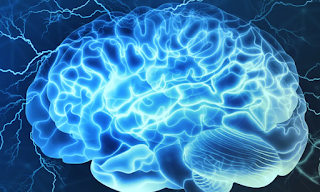Ecker, U.K.H., Lewandowsky, S., Cook, J. et al.
Nat Rev Psychol 1, 13–29 (2022).
https://doi.org/10.1038/s44159-021-00006-y
Abstract
Misinformation has been identified as a major contributor to various contentious contemporary events ranging from elections and referenda to the response to the COVID-19 pandemic. Not only can belief in misinformation lead to poor judgements and decision-making, it also exerts a lingering influence on people’s reasoning after it has been corrected — an effect known as the continued influence effect. In this Review, we describe the cognitive, social and affective factors that lead people to form or endorse misinformed views, and the psychological barriers to knowledge revision after misinformation has been corrected, including theories of continued influence. We discuss the effectiveness of both pre-emptive (‘prebunking’) and reactive (‘debunking’) interventions to reduce the effects of misinformation, as well as implications for information consumers and practitioners in various areas including journalism, public health, policymaking and education.
Summary and future directions
Psychological research has built solid foundational knowledge of how people decide what is true and false, form beliefs, process corrections, and might continue to be influenced by misinformation even after it has been corrected. However, much work remains to fully understand the psychology of misinformation.
First, in line with general trends in psychology and elsewhere, research methods in the field of misinformation should be improved. Researchers should rely less on small-scale studies conducted in the laboratory or a small number of online platforms, often on non-representative (and primarily US-based) participants. Researchers should also avoid relying on one-item questions with relatively low reliability. Given the well-known attitude–behaviour gap — that attitude change does not readily translate into behavioural effects — researchers should also attempt to use more behavioural measures, such as information-sharing measures, rather than relying exclusively on self-report questionnaires. Although existing research has yielded valuable insights into how people generally process misinformation (many of which will translate across different contexts and cultures), an increased focus on diversification of samples and more robust methods is likely to provide a better appreciation of important contextual factors and nuanced cultural differences.








